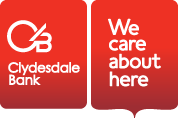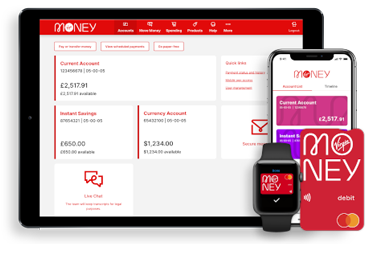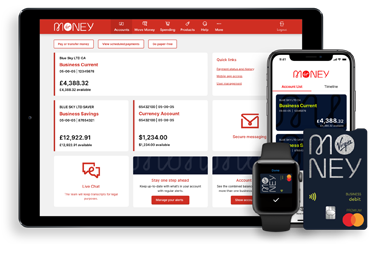What to consider when setting up an online channel for the first time
< back to all business news articles
07/02/2018
Effectively growing your business means bringing your product or service to the right target audience. Identifying and utilising different distribution channels is a good way to do this, especially now that you can buy almost anything online. Even if your business is unsuitable for online sales (a plumber springs to mind), it could still be possible to trade online (take online bookings, on-sell other services from builders, joint venture with suppliers and sell their products and take a commission etc.).

Online distribution frees you up to target new areas. Where you might have been selling your product or service locally, opening up an online distribution channel means you can sell across the UK, or further.
Is an online store the right option for you?
The first thing you need to determine is whether or not your products can be sold online profitably. You need to take into account key factors such as shipping, packaging and the physical costs of needing someone (possibly you, hopefully staff) to pack and ship.
There are four checkpoints to open an online store if you haven’t before:
1. Conduct a feasibility test to make sure you can make money
Successful online stores are those that have been properly researched, launched and operated. This takes time and it’s like adding a new product line as part of a long-term growth strategy. Look for similar businesses and see how they’ve set up their online operation. For example, if you’re operating a gym, customers can not only join online, but you could also be selling workout supplements and clothing as well as instructional videos that you’ve bought via a wholesaler.
2. Limit the risk
Start small, look to grow and learn what your customers want. Study the online and social trends. You can also deliver your marketing material online through content marketing.
3. Have an online marketing campaign
Your website and social media platforms work together here, with social media driving traffic to your website where customers can access your content. Set up metrics and campaigns to drive traffic with search engine marketing and search engine optimisation.
4. Have or buy-in online experience
If you’re new to the internet, and even less experienced in online selling, take the time to get up to speed with it yourself (or employ or engage a web company that knows what they are doing).
The two easiest distribution channels: your website and third party channels
Your website
You’ll probably have an online presence with your website and social media platforms, and it’s not too difficult to add an online trading option. Make sure that;
- You can take payments online. Sounds easy but there are a number of options, from setting up your own custom payments system, to using a third party such as PayPal. Often it’s easier to take credit card payments as a first step.
- Your website is ‘open’ 24/7, so potential customers can browse, research, book and buy whenever they want – not just between 8am and 5pm. Have an automatic response set up outside business hours.
- You have a great customer experience – people like buying products online, the option of an online booking system, and researching before they buy so have everything they need to make a decision. Think from the customers point of view and create a ‘customer journey’ map of how they’d hit your site to then buying.
Third-party distribution channels
Selling your product through an already-established online channel, such as Amazon, eBay or the multitude of online portals is often a fast method to test if there is a demand. You might want to consider this before setting up your own channel.
Third parties already have payment options, warehousing, customer service and shipping already set up, so you don’t need to worry about them. What you should focus on is whether or not people want to buy what you’re selling online. If your sales are encouraging, then it could be time to think about selling your product online yourself.
The drawbacks of using a third-party online distribution channel are that they’ll take a percentage of your sales as fees, and you don’t get the same customer engagement. As far as they’re concerned, they’re buying from Amazon, and you don’t get to connect with them the same way you would if they’re buying from you directly.
Summary
Getting your products or services online is an effective and relatively easy way to grow your business and increase sales. Not only that, but you’re going to expand your customer base to other areas that have customers in your target market. Selling online can also reduce costs, especially rent and staff expenses, so you’ll be improving your cash flow. Online distribution channels are also a great way to start out if you’re planning to move into exporting, since you’ll get a feel for the international marketplace and make important contacts.
POSTED IN: Growth,Marketing
SHARE
Related Articles
You can find impartial information and guidance on money matters on the “MoneyHelper” website.
Clydesdale Bank is covered by the Financial Services Compensation Scheme (FSCS), Find out more.


